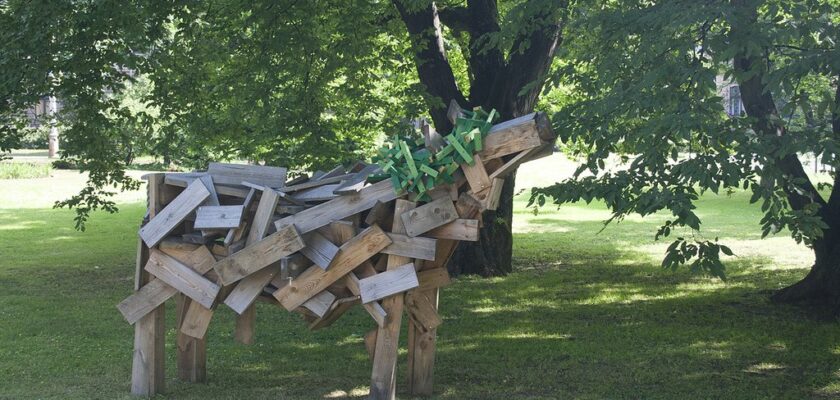Bastion Hill Park in Riga
Riga’s Bastion Hill is a picturesque green park located in the Central District of the Latvian capital. The quiet park zone is very popular with the citizens of Riga and guests of the city. People come here to relax from the hustle and bustle of the streets, wander along the neat paths and admire the flowerbeds. The green park was named Bastion Hill, as it appeared on the site of old defensive lines. After its creation, everyone could climb to the top of the mound to see the one-story suburbs of Riga and the tiled roofs of the Old Town.
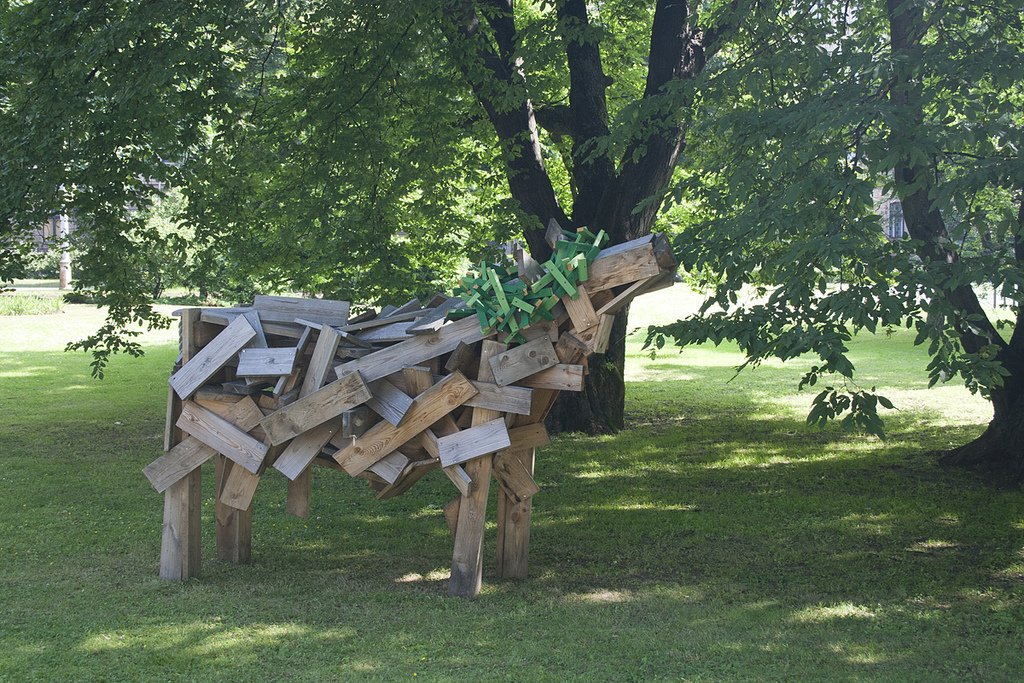
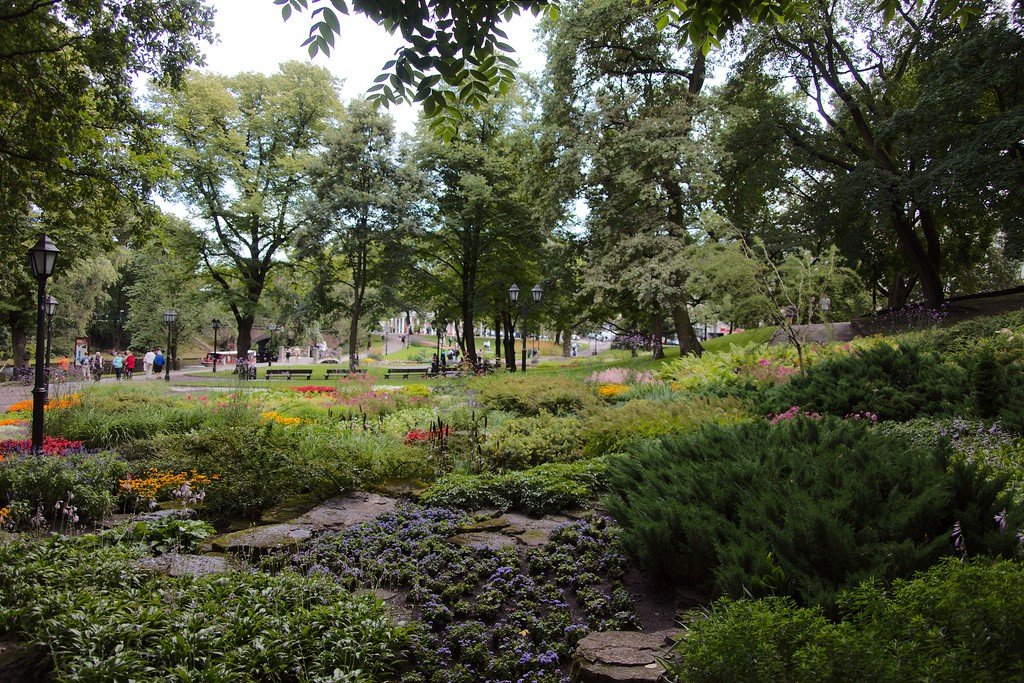
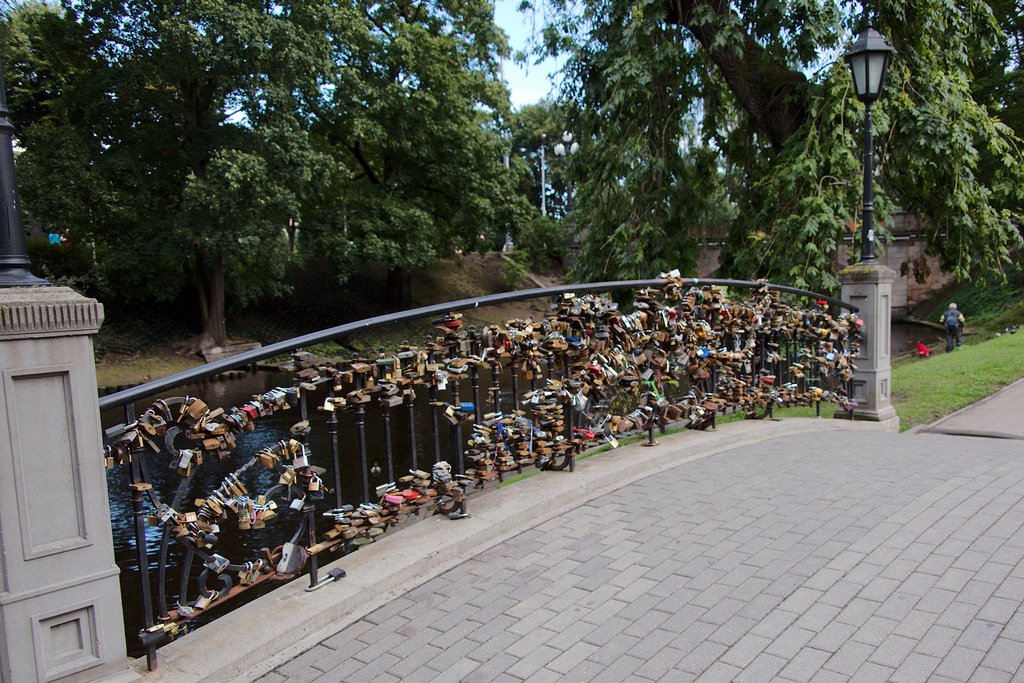
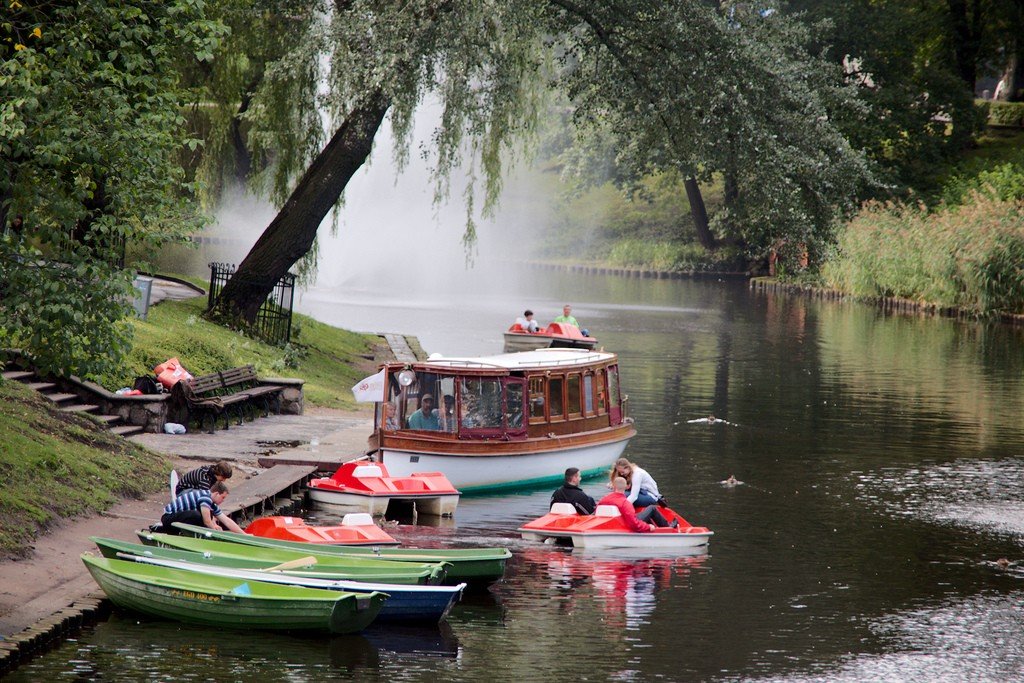


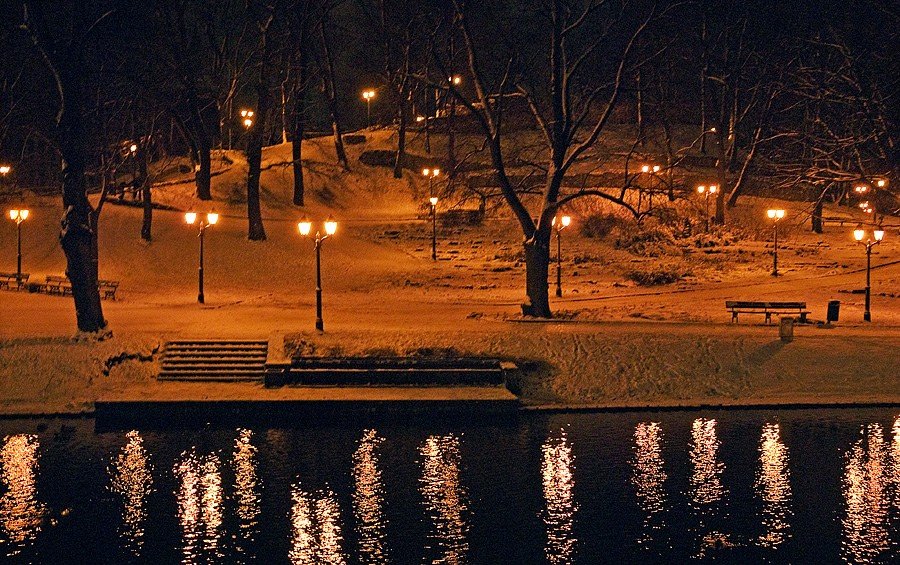
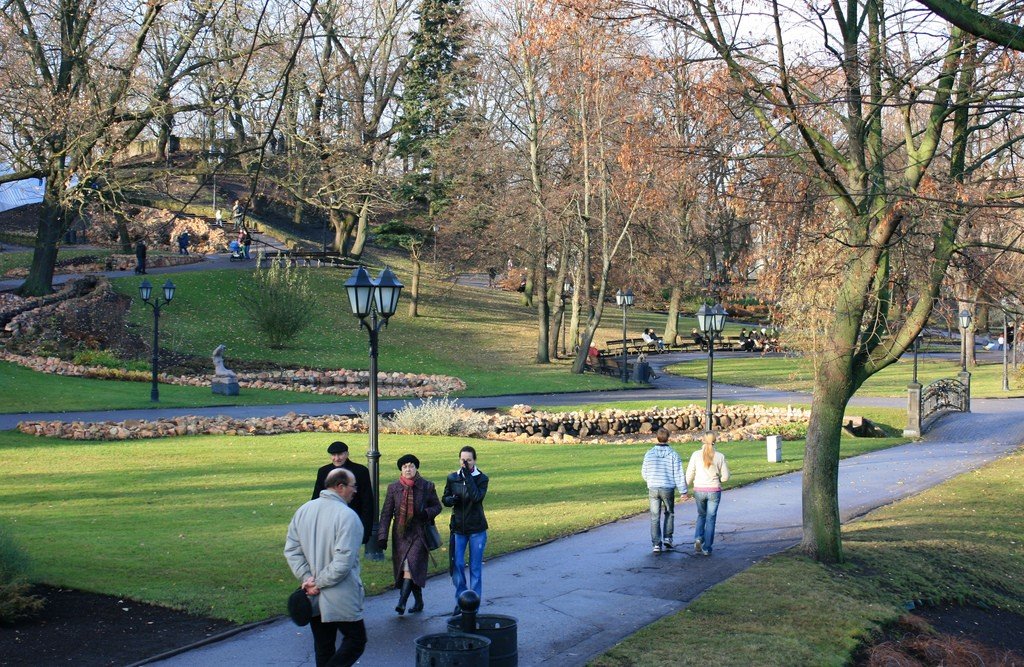
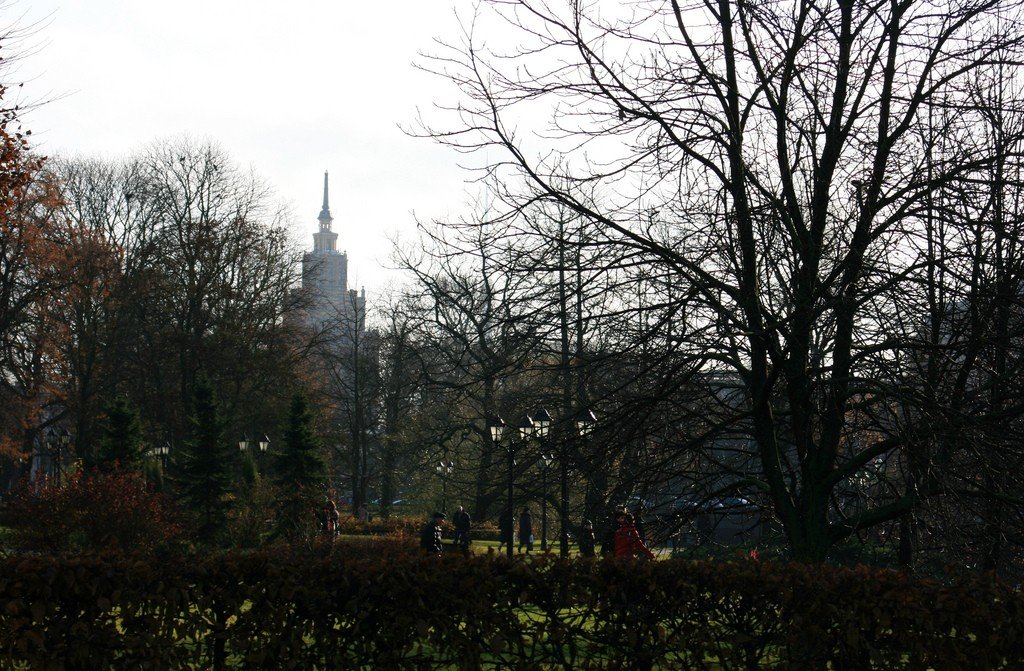
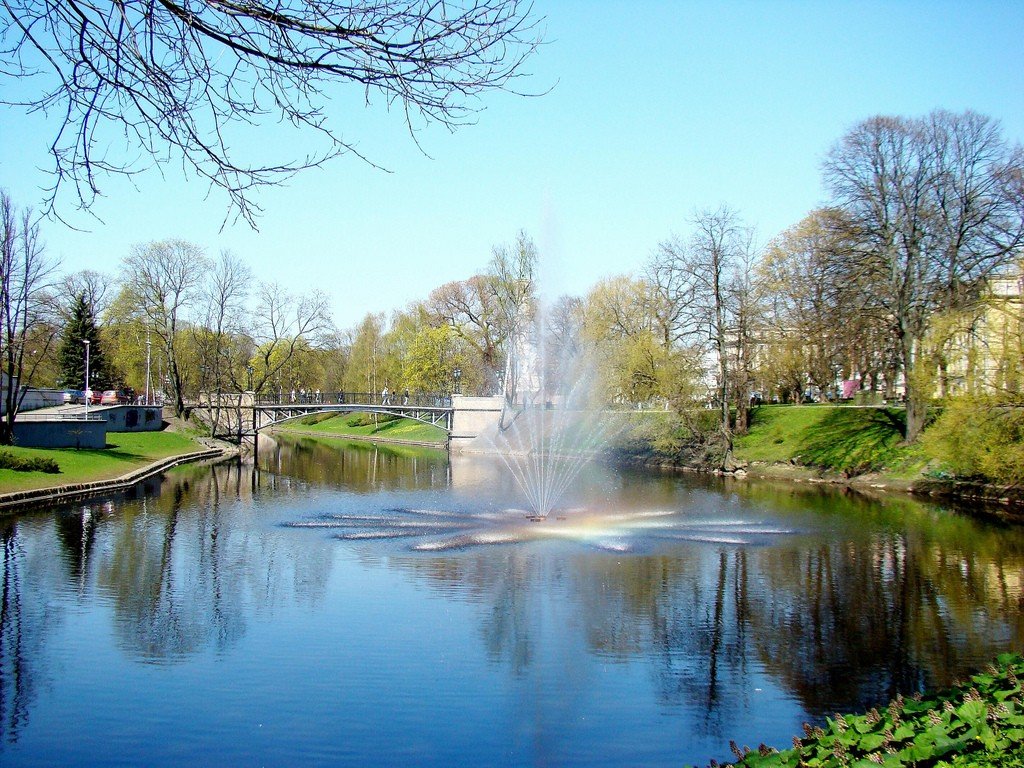
Highlights
These days, both retirees and young people enjoy Riga’s Bastion Hill. Parents bring young children here so they can have fun on the playground and feed the ducks swimming in the city canal. In the summer, pleasure boats ply the canal.
.The first paths laid out through the park were straight. After a short time, rains washed them out, and the slide became known as the “Snail Slide” because it took a long time to climb up the slippery paths. Then landscape architects developed a new scheme of roads – they were laid to the top in a spiral.
.
Bastion Hill in Riga is especially good in summer. It welcomes guests with shady alleys, an openwork bridge over the canal, cascades of small waterfalls, elegant lanterns and expressive sculptures. At the top of the hill, benches of different heights were added in 2014. From here there is a great view of the park itself, the Yakovlev Barracks and the ancient Powder Tower.
.History of Bastionnaya Gorka Park
In the middle of the 19th century, the authorities of Riga faced a difficult task. When old redoubts and fortifications were demolished, it was necessary to decide what would appear on the vacated place. There were different proposals. Some wanted to lay new streets and squares on the vacant lots, others proposed to build representative granite embankments along the canal.
.
In Riga it was decided to follow the example of German Bremen and create city parks on the site of 14 former bastions. The center of the park belt became a winding canal, and instead of the former Sand Bastion it was planned to pour a small earthen hill, which would remind the citizens of Riga of the old earth ramparts. The project was realized in 1859 under the direction of engineer K. Henning. Now the citizens could come here and admire Riga from the height of the ramparts.
The planting of trees and shrubs on Riga’s Bastion Hill was carried out by an experienced horticulturist from Lübeck, A. Wendot. Straight paths for walkers were laid to the top of the hill, and an elegant wooden pavilion was built on the hill itself in 1860. Riga doctors began to advise their wealthy patients to make daily promenades to the pavilion on the hill to improve their health. After 17 years, the dilapidated wooden building was demolished and replaced by a stone cafe built in the then fashionable pseudo-Gothic style.
.
At the end of the 19th century, the German landscape architect Georg Kurfaldt was engaged in the arrangement of park plantings, walking paths and the creation of an alpinarium. In 1892 a pedestrian bridge was laid across the canal next to the Bastion Hill, and 6 years later a brook with an artificial cascade appeared on the slopes of the hill.
.
In the 1920s and 1930s the park was occupied by Latvian landscape designer Andrejs Zeidaks. A large-scale reconstruction of the green area was carried out in 1951. During this reconstruction, the remains of houses destroyed during World War II were used to build support walls on Bastion Hill.
.How to get there
Riga’s Bastion Hill is located next to the Freedom Monument, 0.7 km from the city railway station. The park can be reached on foot, by cab or by buses No. 2, 3, 9, 11, 13, 24, 30, 57, N1, N2 and N4.
.
